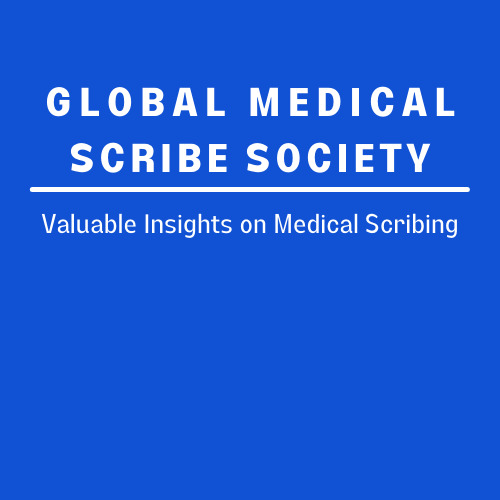Charting is a time-consuming task that diverts physicians’ time and focus from more clinically important activities. Physicians already have busy work schedules and cannot afford to lose much of their productive hours managing patient charts. A medical scribe undertakes to pre-enter all patient information prior to the visit to free up a physician from repetitive, mundane tasks. Pre-charting is considered the best approach to save time, avoid duplication and improve clinical efficiency.
What is pre-charting all about?
Pre-charting is a widespread practice in most healthcare settings. Well, what is pre-charting? Pre-charting is documenting all relevant information beforehand in order to prepare for the patients’ visit. Pre-charting gathers all patient key information like the vitals, imaging, labs, notes, and other results that are required by a physician before the patient visit. You can hire a medical scribe to take on the responsibility of pre-charting work – to collect, organize and prepare the chart in advance for the upcoming visits.
What information does pre-charting include?
Scribes can prepare the chart in advance for the upcoming visits. Pre-charting usually involves documenting
- Patient demographics – it contains information from the patient’s date of birth to the insurance company that provides coverage
- Laboratory and imaging test results that were ordered in the previous visit.
- Past medical history that includes a list of patient’s present and past medical conditions
- Past Surgical History – information on all surgical procedures the patient has undergone, including dates
- Family History – information about diseases and health conditions in the patient’s family.
- Social History – information on marital status, occupation, use of alcohol, tobacco or drugs
- Medication allergies – lists any medications that might cause allergic reactions in the patient
- Current medications – list of medications the patient is currently taking
- Immunization date and dosage
- History of Present Illness from the previous visit, if needed
- Diagnosis from the previous visit, if needed
The incredible benefits of pre-charting
- All patient information is readily available on the computer screen, giving the physician a complete picture of the patient’s current vitals to the medications.
- There is absolutely no chance that any critical information will be overlooked. With a nice patient synopsis in hand physicians are less likely to miss anything in the midst of the demands of the moment.
- Physicians get to spend more time talking with their patients. They get to engage more and provide better care, improving patient satisfaction scores.
- Physicians are less likely to fall behind on their schedule. This considerably reduces long patient wait times and improves patient satisfaction.
Pre-charting allows you to be the more productive and engaging physician you want to be. Patient visits can be more effective and efficient if all patient information is gathered, organized, and ready ahead of time. This enables you to listen to patients with empathy, which helps build trust and improve the patient experience. Most importantly, pre-charting is an excellent strategy to improve clinical efficiency and quality of care.
